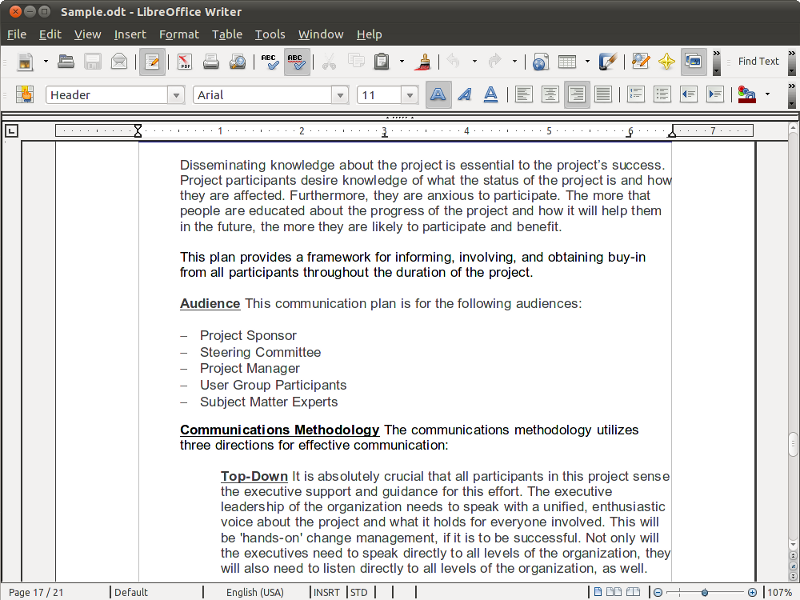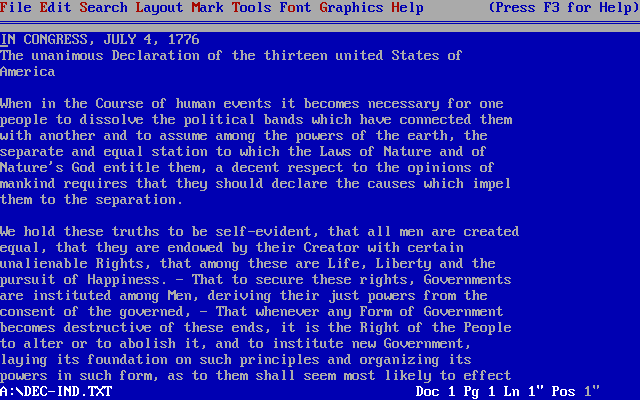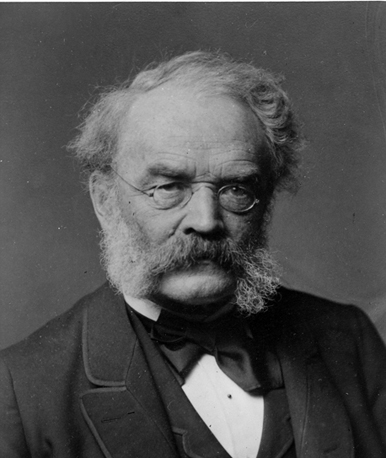|
Weidner Multi-Lingual Word Processing System
The Weidner Multi-Lingual Word Processing System was a computer-assisted translation technology released in the United States in 1977 by Weidner Communications Corporation (WCC), a now defunct US company. The system represented a significant breakthrough in machine translation and multilingual word processing, improving translation efficiency and output for commercial applications. History Market introduction and impact After its introduction to the market in 1977, the Weidner Multi-Lingual Word Processing System was reported in 1978 in the ''Wall Street Journal'' as "Quadrupling Translation Volume" and the ''Deseret News'' as "halving translation costs and of increasing output by at least 400 percent". This new technology was demonstrated to translation experts on September 12, 1978, at Brigham Young University in Provo, Utah. Thomas Bauman and Leland Wright of the American Translators Association arrived at the university on September 11, 1978, to evaluate the system's capa ... [...More Info...] [...Related Items...] OR: [Wikipedia] [Google] [Baidu] |
United States
The United States of America (USA), also known as the United States (U.S.) or America, is a country primarily located in North America. It is a federal republic of 50 U.S. state, states and a federal capital district, Washington, D.C. The 48 contiguous states border Canada to the north and Mexico to the south, with the semi-exclave of Alaska in the northwest and the archipelago of Hawaii in the Pacific Ocean. The United States asserts sovereignty over five Territories of the United States, major island territories and United States Minor Outlying Islands, various uninhabited islands in Oceania and the Caribbean. It is a megadiverse country, with the world's List of countries and dependencies by area, third-largest land area and List of countries and dependencies by population, third-largest population, exceeding 340 million. Its three Metropolitan statistical areas by population, largest metropolitan areas are New York metropolitan area, New York, Greater Los Angeles, Los Angel ... [...More Info...] [...Related Items...] OR: [Wikipedia] [Google] [Baidu] |
Japan
Japan is an island country in East Asia. Located in the Pacific Ocean off the northeast coast of the Asia, Asian mainland, it is bordered on the west by the Sea of Japan and extends from the Sea of Okhotsk in the north to the East China Sea in the south. The Japanese archipelago consists of four major islands—Hokkaido, Honshu, Shikoku, and Kyushu—and List of islands of Japan, thousands of smaller islands, covering . Japan has a population of over 123 million as of 2025, making it the List of countries and dependencies by population, eleventh-most populous country. The capital of Japan and List of cities in Japan, its largest city is Tokyo; the Greater Tokyo Area is the List of largest cities, largest metropolitan area in the world, with more than 37 million inhabitants as of 2024. Japan is divided into 47 Prefectures of Japan, administrative prefectures and List of regions of Japan, eight traditional regions. About three-quarters of Geography of Japan, the countr ... [...More Info...] [...Related Items...] OR: [Wikipedia] [Google] [Baidu] |
Machine Translation
Machine translation is use of computational techniques to translate text or speech from one language to another, including the contextual, idiomatic and pragmatic nuances of both languages. Early approaches were mostly rule-based or statistical. These methods have since been superseded by neural machine translation and large language models. History Origins The origins of machine translation can be traced back to the work of Al-Kindi, a ninth-century Arabic cryptographer who developed techniques for systemic language translation, including cryptanalysis, frequency analysis, and probability and statistics, which are used in modern machine translation. The idea of machine translation later appeared in the 17th century. In 1629, René Descartes proposed a universal language, with equivalent ideas in different tongues sharing one symbol. The idea of using digital computers for translation of natural languages was proposed as early as 1947 by England's A. D. Booth and Warr ... [...More Info...] [...Related Items...] OR: [Wikipedia] [Google] [Baidu] |
Translation Bureau
The Translation Bureau is an institution of the federal government of Canada operated by Public Services and Procurement Canada that provides translation services for all agencies, boards, commissions, and departments of the government. , the bureau employs 130 interpreters, of which about 70 are on staff and 60 are freelancers. It is one of the largest "government organizations dedicated to translation". The bureau was transferred from the Department of the Secretary of State to Public Works and Government Services Canada in June 1993, when the then government reorganized agencies to consolidate groups primarily tasked with providing services to other government organizations, referred to as common service organizations (CSOs). The number of interpreters employed by the bureau affects the number of Parliamentary committee sessions that can be conducted. Freelance interpreters are not accredited by the Translation Bureau. Public Services and Procurement Canada only works with a ... [...More Info...] [...Related Items...] OR: [Wikipedia] [Google] [Baidu] |
Word Processor
A word processor (WP) is a device or computer program that provides for input, editing, formatting, and output of text, often with some additional features. Early word processors were stand-alone devices dedicated to the function, but current word processors are word processor programs running on general purpose computers, including smartphones, tablets, laptops and desktop computers. The functions of a word processor program are typically between those of a simple text editor and a desktop publishing program; Many word processing programs have gained advanced features over time providing similar functionality to desktop publishing programs. Common word processor programs include LibreOffice Writer, Google Docs and Microsoft Word. Background Word processors developed from mechanical machines, later merging with computer technology. The history of word processing is the story of the gradual automation of the physical aspects of writing and editing, and then to the refinement ... [...More Info...] [...Related Items...] OR: [Wikipedia] [Google] [Baidu] |
Bruce Wydner
The English language name Bruce arrived in Scotland with the Normans, from the place name Brix, Manche in Normandy, France, meaning "the willowlands". Initially promulgated via the descendants of king Robert the Bruce (1274−1329), it has been a Scottish surname since medieval times; it is now a common male given name. The variant ''Lebrix'' and ''Le Brix'' are French variations of the surname. Note: A few people are notable in more than one field, and therefore appear in more than one section. Arts and entertainment Film and television * Bruce Altman (born 1955), American actor * Bruce Baillie (1931–2020), American filmmaker * Bruce Bennett (1906–2007), American actor and athlete * Bruce Berman (born 1952), American film producer * Bruce Boa (1930–2004), Canadian actor * Bruce Boxleitner (born 1950), American actor * Bruce Campbell (born 1958), American actor, director, writer, producer and author * Bruce Conner (1933–2008), American artist and filmmaker * Bruce Dav ... [...More Info...] [...Related Items...] OR: [Wikipedia] [Google] [Baidu] |
WordPerfect
WordPerfect (WP) is a word processing application, now owned by Alludo, with a long history on multiple personal computer platforms. At the height of its popularity in the 1980s and early 1990s, it was the market leader of word processors, displacing the prior market leader WordStar. It was originally developed under contract at Brigham Young University for use on a Data General minicomputer in the late 1970s. The authors retained the rights to the program, forming the Utah-based Satellite Software International (SSI) in 1979 to sell it; the program first came to market under the name SSI*WP in March 1980. It then moved to the MS-DOS operating system in 1982, by which time the name WordPerfect was in use, and several greatly updated versions quickly followed. The application's feature list was considerably more advanced than its main competition WordStar. Satellite Software International changed its name to WordPerfect Corporation in 1985. WordPerfect gained praise for its "loo ... [...More Info...] [...Related Items...] OR: [Wikipedia] [Google] [Baidu] |
Bruce Bastian
Bruce Wayne Bastian (March 23, 1948 – June 16, 2024) was an American computer programmer, businessperson, and philanthropist. He co-founded WordPerfect (originally known as Satellite Software International) with Alan Ashton in 1978. Early life and education Bastian was born on March 23, 1948, in Twin Falls, Idaho. He was raised as a member of The Church of Jesus Christ of Latter-day Saints, and he was a missionary in Italy. He earned a Bachelor of Arts in Music and a Master's degree in Computer Science from Brigham Young University (BYU) in Provo, Utah. As an undergraduate, he served as the director of the BYU Cougar Marching Band and developed a software program to help choreograph marching band performances together with Alan Ashton. Career Bastian began working for the Eyring Research Institute (ERI) at BYU, and he was soon joined by Ashton to work on a word processor for the city of Orem, Utah. The two worked on a Data General computer. Their collaborative work later ... [...More Info...] [...Related Items...] OR: [Wikipedia] [Google] [Baidu] |
Lernout & Hauspie
Lernout & Hauspie Speech Products (L&H) was a Belgium-based speech recognition technology company, founded by Jo Lernout and Pol Hauspie, that went bankrupt in 2001 because of a fraud engineered by the management. The company was based in Ypres, Flanders, in what was later called ''Flanders Language Valley'' (mimicking the Silicon Valley). History Lernout & Hauspie was founded in 1987 by Jo Lernout and Pol Hauspie. After a difficult start, it quickly grew, and, in 1995, it went public on NASDAQ (LHSP), and was also quoted on the now-defunct Brussels-based EASDAQ exchange. Its headquarters were in Ypres, Belgium, and in Burlington, Massachusetts, USA. At its peak, Lernout & Hauspie had a market capitalization of almost US$10 billion. Flanders played an important role in investing in the company and the surrounding ''Flanders Language Valley''. It acquired a number of its smaller competitors, including text-to-speech developer Berkeley Speech Technologies, in 1996. In 1998 it a ... [...More Info...] [...Related Items...] OR: [Wikipedia] [Google] [Baidu] |
Siemens
Siemens AG ( ) is a German multinational technology conglomerate. It is focused on industrial automation, building automation, rail transport and health technology. Siemens is the largest engineering company in Europe, and holds the position of global market leader in industrial automation and industrial software. The origins of the conglomerate can be traced back to 1847 to the ''Telegraphen Bau-Anstalt von Siemens & Halske'' established in Berlin by Werner von Siemens and Johann Georg Halske. In 1966, the present-day corporation emerged from the merger of three companies: Siemens & Halske, Siemens-Schuckert, and Siemens-Reiniger-Werke. Today headquartered in Munich and Berlin, Siemens and its subsidiaries employ approximately 320,000 people worldwide and reported a global revenue of around €78 billion in 2023. The company is a component of the DAX and Euro Stoxx 50 stock market indices. As of December 2023, Siemens is the second largest German company by market ca ... [...More Info...] [...Related Items...] OR: [Wikipedia] [Google] [Baidu] |
Machine Translation
Machine translation is use of computational techniques to translate text or speech from one language to another, including the contextual, idiomatic and pragmatic nuances of both languages. Early approaches were mostly rule-based or statistical. These methods have since been superseded by neural machine translation and large language models. History Origins The origins of machine translation can be traced back to the work of Al-Kindi, a ninth-century Arabic cryptographer who developed techniques for systemic language translation, including cryptanalysis, frequency analysis, and probability and statistics, which are used in modern machine translation. The idea of machine translation later appeared in the 17th century. In 1629, René Descartes proposed a universal language, with equivalent ideas in different tongues sharing one symbol. The idea of using digital computers for translation of natural languages was proposed as early as 1947 by England's A. D. Booth and Warr ... [...More Info...] [...Related Items...] OR: [Wikipedia] [Google] [Baidu] |




